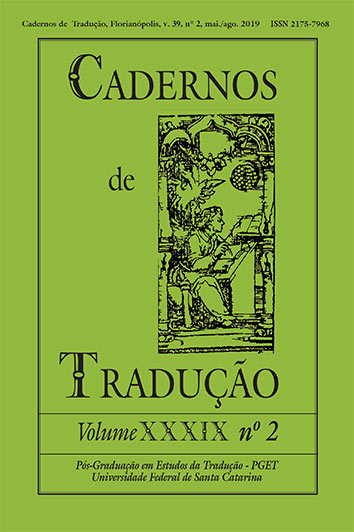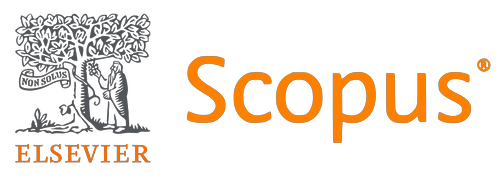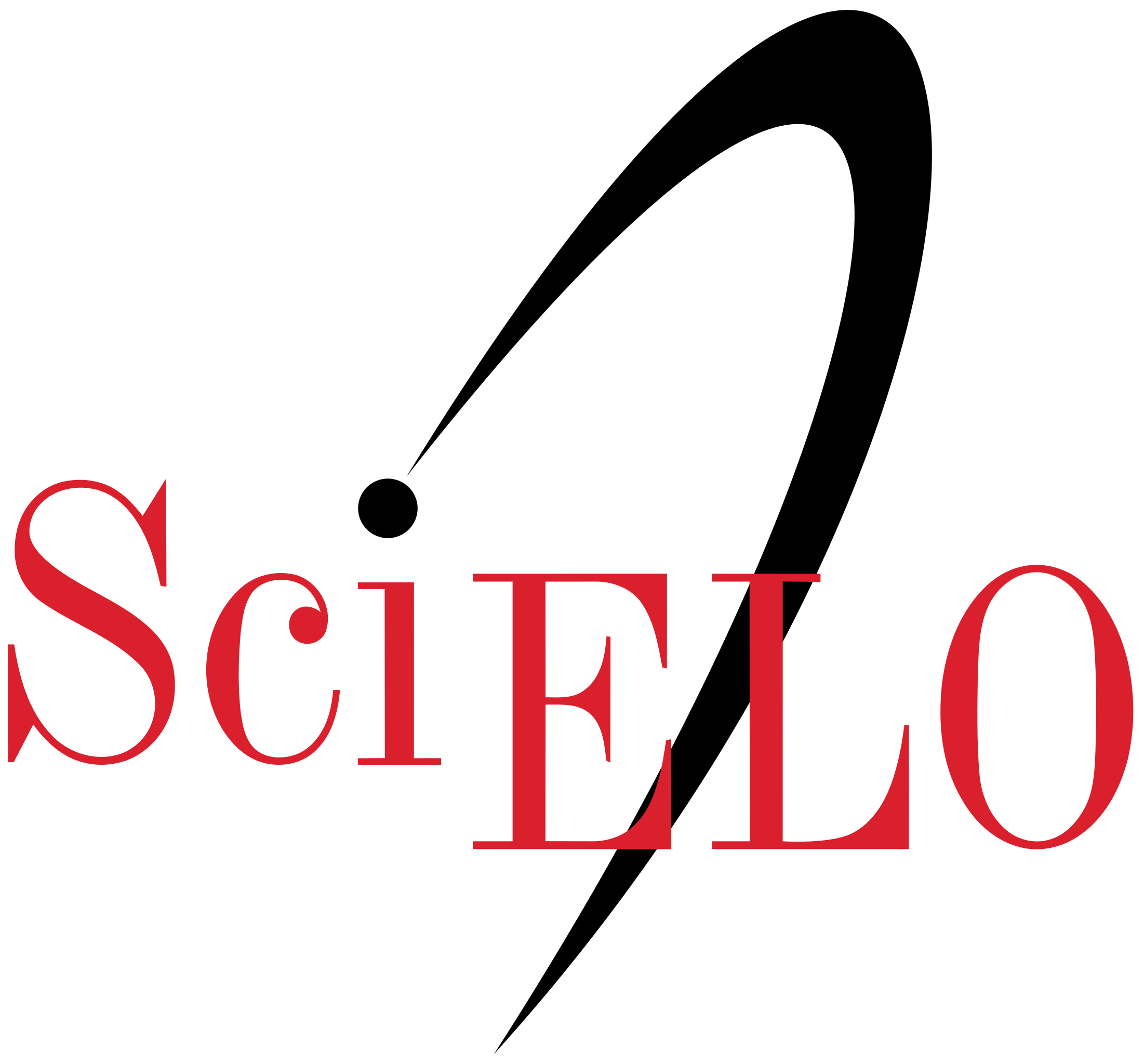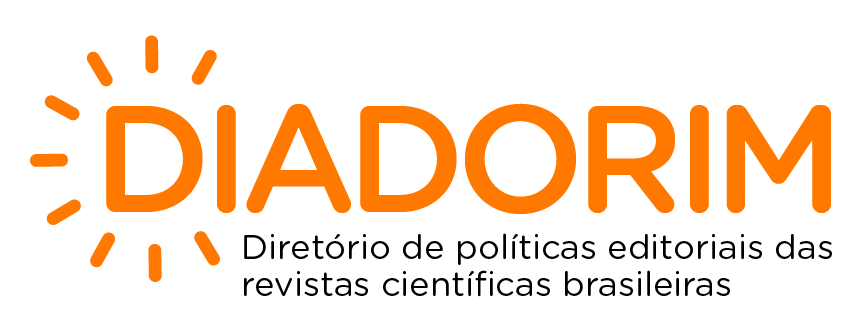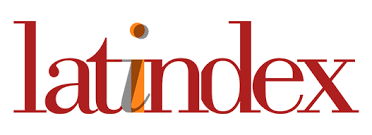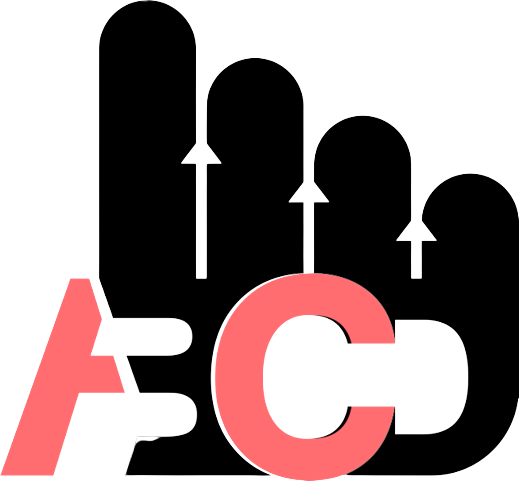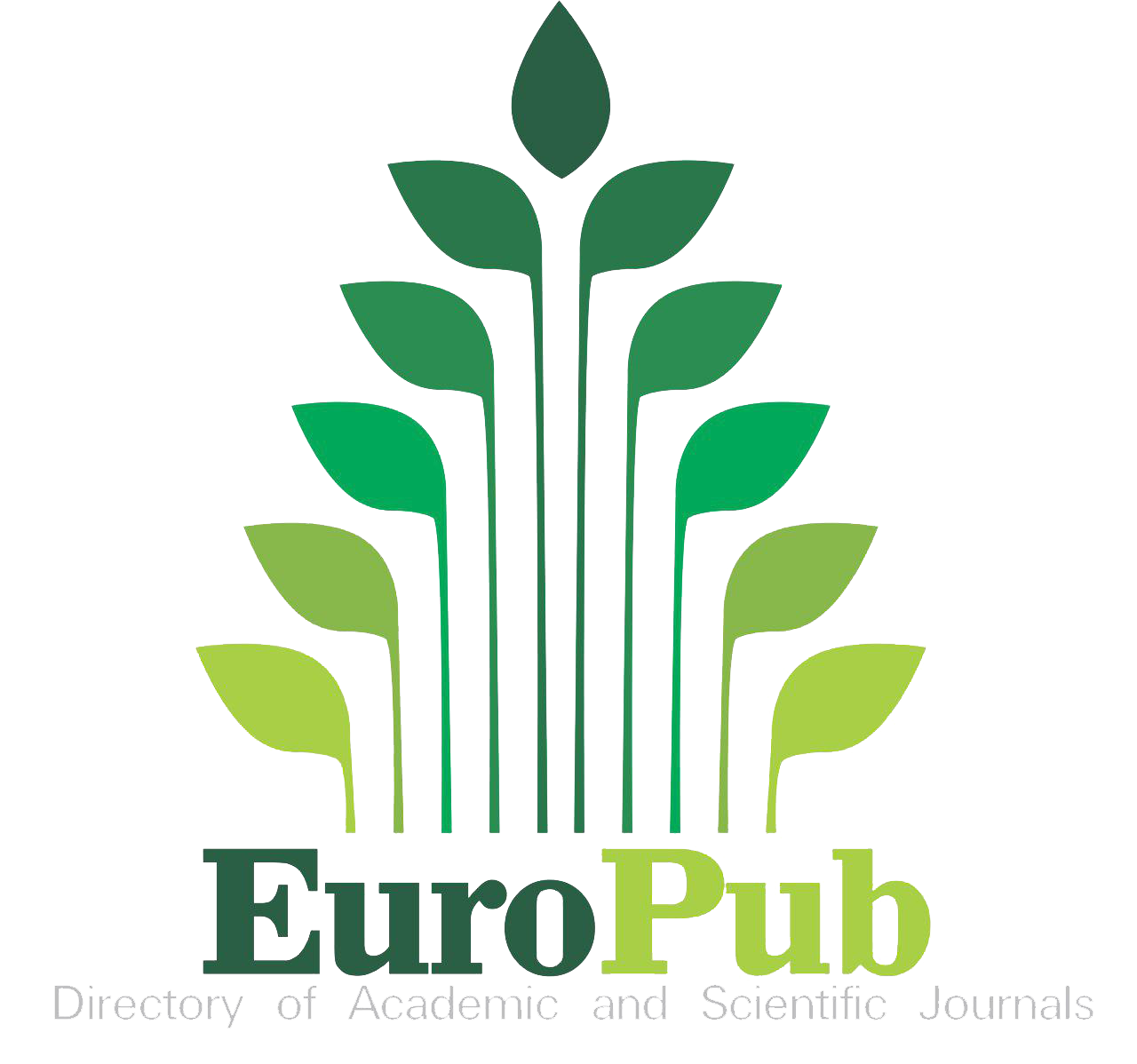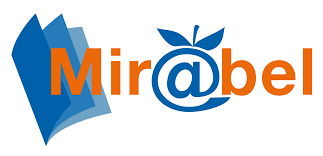Autoconfianza versus autoeficacia del traductor: propuesta terminológica y estado de la cuestión
DOI:
https://doi.org/10.5007/2175-7968.2019v39n2p204Abstract
Si bien en los últimos años se ha producido un creciente interés por constructos relacionados con la Psicología de la Traducción, resulta necesario continuar profundizando en su estudio (Hubscher-Davidson, 2013, pp. 324-325). En este artículo nos centraremos en la autoconfianza y la autoeficacia del traductor, constructos entre los que parece existir cierta confusión conceptual y terminológica. Por ello, comenzaremos delimitando su significado y estableceremos las semejanzas y diferencias que existen entre ellos. Además, presentaremos una propuesta terminológica que arroje claridad a dicha confusión. Posteriormente, revisaremos los antecedentes del estudio de la autoeficacia y de la autoconfianza del traductor, lo que nos permitirá ofrecer una visión panorámica del estado en el que se encuentra la investigación en torno a ellas e identificar líneas de investigación que convendría explorar.
Literaturhinweise
Atkinson, David P. “Developing Psychological Skill for the Global Language Industry: An Exploration of Approaches to Translator and Interpreter Training.” Translation Spaces, vol. 3, 2014, pp. 1-24.
Atkinson, David P. Freelance Translator Success and Psychological Skill: A Study of Translator Competence with Perspectives from Work Psychology. Tesis. University of Auckland, 2012.
Bandura, Albert. “Self-Efficacy: Towards a Unifying Theory of Behavioral Change.” Psychological Review, vol. 2, 1977, p. 191-215.
Bandura, Albert. Social Foundations of Thought and Action: A Social Cognitive Theory. Englewood Cliffs: Prentice-Hall, 1986.
Bolaños-Medina, Alicia; González Isern, Josep. “Análisis de las actitudes de los estudiantes hacia las herramientas informáticas de traducción asistida.” Sendebar, vol. 23, 2012, p. 275-300.
Bolaños-Medina, Alicia. “La tolerancia a la ambigüedad y los procesos cognitivos del traductor.” Babel, vol. 2, 2015, p. 147-169.
Bolaños-Medina, Alicia. “Self-Efficacy in Translation.” Translation and Interpreting Studies, vol. 2, 2014, p. 197-218.
Bolaños-Medina, Alicia.“Translation Psychology within the Framework of Translator Studies: New Research Perspectives.” Martín de León, Celia;González-Ruíz, Víctor (ed). From the Lab to the Classroom and Back Again. Peter Lang, 2016, p. 50-100.
Dam-Jensen, Helle; Heine, Carmen. “Process Research Methods and their Application in the Didactics of Text Production and Translation.” Trans-kom, vol. 1, 2009, p. 1-25.
Fox, Olivia. “The Use of Translation Diaries in a Process-Oriented Translation Teaching Methodology.” In: Schäffner, Christina; Adab, Beverly(ed). Developing Translation Competence. Amesterdã: John Benjamins, 2000, p. 115-130.
Fraser, Janet. “Professional versus Student Behaviour.” In: Dollerup, Cay; Appel, Vibeke (Ed). Teaching Translation and Interpreting 3. New Horizons: John Benjamins, 1995, p. 243-250.
Froeliger, Nicolas. “Les mécanismes de la confiance en traduction: Aspects relationnels.” The Journal of Specialised Translation, vol. 2, 2004.
González-Davies, María; Scott-Tennent, Christopher. “A Problem-Solving and Student-Centred Approach to the Translation of Cultural References.” Meta, vol. 1, 2005, p. 160-179.
González-Davies, María. “Minding the Process, Improving the Product.” In: Tennent, Martha (Ed). Training for the New Millennium: Pedagogies for Translation and Interpreting. Amesterdã: John Benjamins, 2005, p. 67-82.
Göpferich, Susanne. “Towards a Model of Translation Competence and its Acquisition: The Longitudinal Study TransComp.” In: Göpferich, Susanne; Jakobsen, Arnt Lykke; Mees, Inger M. Behind the Mind: Methods, Models and Results in Translation Process Research. Samfundslitteratur, 2009, p. 12-37.
Hansen, Gyde. “Controlling the Process. Theoretical and Methodological Reflections on Research into Translation Processes.” In: Alves, Fabio. Triangulating Translation: Perspectives in Process Oriented Research. Amesterdã: John Benjamins, 2003, p. 25-42.
Haro-Soler, María del Mar. “La confianza del estudiantado de traducción en su capacidad para traducir: Su desarrollo en la formación en traducción”. Tesis. Universidad de Granada, en prensa/2018.
Haro-Soler, María del Mar. “Self-Confidence and its Role in Translator Training: The Students’ Perspective.” In: Lacruz, Isabel; Jääskeläinen, Riita (ed). Innovation and Expansion in Translation Process Research. Amesterdã: John Benjamins, 2018, p. 131-160.
Haro-Soler, María del Mar. “Teaching Practices and Translation Students’ Self-Efficacy: A Qualitative Study of Teachers’ Perceptions.” Current Trends in Translation Teaching and Learning, vol. 4, 2017.
Hjort-Pedersen, Mette; Faber, Dorris. “Uncertainty in the Cognitive Processing of a Legal Scenario: A Process Study of Student Translators.” Hermes: Journal of Language and Communication, vol. 42, 2009, pp. 189-209.
Hönig, Hans. “Holmes’ ‘Mapping Theory’ and the Landscape of Mental Translation Processes.” In: Leuven-Zwart, Kitty M van; Naaijkens, Ton (ed). Translation Studies: The State of the Art. Proceedings of the First James S. Holmes Symposium on Translation Studies. Amesterdã: Rodopi, 1991, p. 77-90.
Hubscher-Davidson, Séverine. “Emotional Intelligence and Translation Studies: A New Bridge.” Meta, vol. 58, no. 2, 2013, p. 324-346.
Jääskeläinen, Riita. “Translation Psychology”. In: Gambier, Yves; Doorslaer, Luc van. Handbook of Translation Studies III. Amesterdã: John Benjamins, 2012, p. 191-197.
Kelly, Dorothy. “Text Selection for Developing Translator Competence. Why Texts from the Tourist Sector Constitute Suitable Material.” In: Schäffner, Christina; Adab, Beverly. Developing Translation Competence. Amesterdã: John Benjamins, 2000, p. 157-167.
Kelly, Dorothy. “Translator Competence Contextualized. Translator Training in the Frame Work of Higher Education Reform: In Search of Alignment in Curricula.” In: Kenny, Dorothy; Kyongjoo, Ryou. Across Boundaries: International Perspectives on Translation Studies. Cambridge: Cambridge Scholars Publishing, 2007, p. 128-142.
Kelly, Dorothy. Proyecto docente e investigador. Granada: Universidad de Granada, 1999.
Kiraly, Donald. “Think-Aloud Protocols and the Construction of a Professional Translator Self-Concept.” In: Danks, Joseph H. Cognitive Processes in Translation. Reino Unido: Sage, 1997, p. 137-160.
Kiraly, Donald. A Social Constructivist Approach to Translator Education: Empowerment from Theory to Practice. Manchester: St. Jerome, 2000.
Kiraly, Donald. Pathways to Translation. Pedagogy and Process. Kent: Kent State University Press, 1995.
Kussmaul, Paul. Training the Translator. Amsterdam/Filadelfia: John Benjamins, 1995.
Laukkanen, Johanna. “Affective and Attitudinal Factors in Translation Processes.” Target, vol. 2, 1996, pp. 257-274.
Lorenzo, María Pilar. “¿Es posible la traducción inversa? Resultados de un experimento sobre traducción profesional a una lengua extranjera.” Copenhagen Studies in Language, vol. 27, 2002, pp. 85-124.
Lorenzo, María Pilar. “La seguridad del traductor profesional en la traducción a una lengua extranjera.” In: Hansen, Gyde. Probing the Process in Translation: Methods and Results. Samfundslitteratur, 1999, p. 121-134.
Mackenzie, Rosemary; Vienne y Jean. “Resource Research Strategies: A Key Factor in Teaching Translation into the Non-Mother Tongue.” In: Grosman, Meta; Kadric, Mira; Kovacic, Irena; Snell-Hornby, Mary. Translation into Non-Mother Tongues. Stauffenberg, 2000, p. 125-32.
Muñoz Martín, Ricardo. “Situating Translation Expertise: A Review with a Sketch of a Construct.” In: Schwieter, John W; Ferreira, Aline. The Development of Translation Competence: Theories and Methodologies from Psycholinguistics and Cognitive Science. Cambridge: Cambridge Scholars Publishing, 2014, p. 2-57.
PACTE. “Building a Translation Competence Model.” In: Alves, Fabio. Triangulating Translation: Perspectives in Process-Oriented Research. Amesterdã: John Benjamins, 2003, p. 43-66.
PACTE. “La competencia traductora y su aprendizaje: Objetivos, hipótesis y metodología de un proyecto de investigación.” IV Congrés Internacional sobre Traducció, Barcelona, 1998.
Pajares, Frank. “Current Directions in Self-Efficacy Research.”. In: Maehr, Martin L; Pintrich, Paul R. Advances in Motivation and Achievement, vol. 10. Stamford: JAI Press, 1997, p.1-49.
Prieto Navarro, Leonor. Autoeficacia del profesor universitario: Eficacia percibida y práctica docente. Madrid: Narcea, 2007.
Pym, Anthony. “Translation Error Analysis and the Interface with Teaching.” In: Dollerup, Cay; Loddegaard, Anne. Teaching Translation and Interpreting. Training, Talent and Experience. Amesterdã: John Benjamins, 1992, p. 279-290.
Schunk, Dale H.; y Dibenedetto, Maria K. “Self-Efficacy Theory in Education.” In: Wentzel, Kathryn R; Wigfield, Alan. Handbook of Motivation at School. Reino Unido: Routledge, 2016, p. 34-54.
Schunk, Dale H. “Self-Efficacy and Academic Motivation.” Educational Psychologist, vol. 26, 1991, p. 207-231.
Way, Catherine. “Bringing Professional Practices into Translation Classrooms.”. In: Kemble, Ian. The Changing Face of Translation. Portsmouth: University of Portsmouth, 2009, p. 131-142.
Way, Catherine. “Structuring a Legal Translation Course: A Framework for Decision-Making in Legal Translator Training.”. In: Cheng, King Kiu SIN; Wagner, Anne. The Ashgate Handbook of Legal Translation. Farnham: Ashgate, 2014, p. 135-152.
Way, Catherine. “Systematic Assessment of Translator Competence: In Search of Achilles’ Heel.” In: Kearns, John. Translator and Interpreter Training: Issues, Methods and Debates. New York: Continuum, 2008, p. 88-103.
Way, Catherine. “Traducción y Derecho: Iniciativas para desarrollar la colaboración interdisciplinar.” Puentes, vol. 2, 2002, p. 15-26.
Yang, Xianmin; Guo, Xiaoshan; Yu, Shengquan. “Effects of Cooperative Translation on Chinese EFL Student Levels of Interest and Self-Efficacy in Specialized English Translation.” Computer Assisted Language Learning, vol. 3, 2016, p. 477-493.
Downloads
Veröffentlicht
Zitationsvorschlag
Ausgabe
Rubrik
Lizenz
Copyright (c) 2019 Cadernos de Tradução

Dieses Werk steht unter der Lizenz Creative Commons Namensnennung 4.0 International.
Autores têm autorização para assumir contratos adicionais separadamente, para distribuição não exclusiva da versão do trabalho publicada nesta revista (ex.: publicar em repositório institucional ou como capítulo de livro, com reconhecimento de autoria e publicação inicial nesta revista).

